To simplify dimensions each face has initially been designed with 40mm long edges, having 4 tabs of 5mm width and 3mm depth. This decision means that all shapes were easy to create with the caveat of not paying attention to relative scales. For example the D12 is huge due to it having numerous polygonal faces instead of triangular. The other polyhedral dice or platonic solids seem to scale more aesthetically. A 3mm tab depth is chosen because 2.8mm poplar ply is at hand, inexpensive, and great for laser cutting.
Since the initial success of assembling several dice shapes I have decided to increase the positive tab width to 5.2mm. This allows for a tight fit once laser cut.
When engraving wooden dice I prefer to defocus the laser and run a vector instead of raster. This can make the operation much faster and cleaner than rasterising solid characters.
For mirror acrylic it is best to cut from the back (reflective side facing down) and rasterising with a mirror image. This is also generally a good approach when using regular acrylic.
 Sproket
Sproket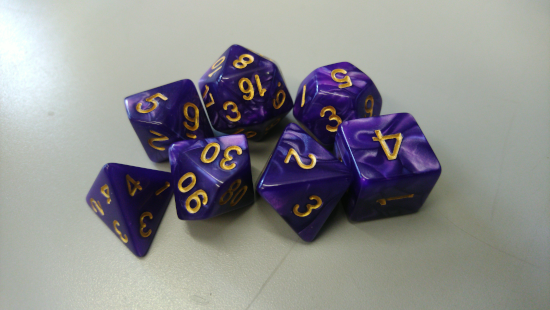
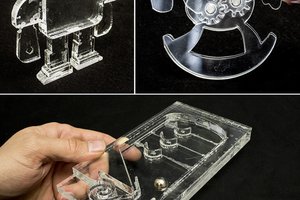
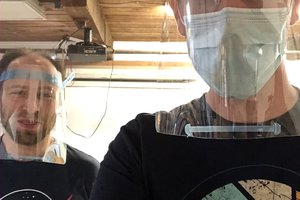
 peter jansen
peter jansen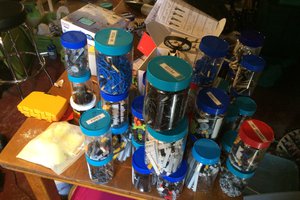
 John Baichtal
John Baichtal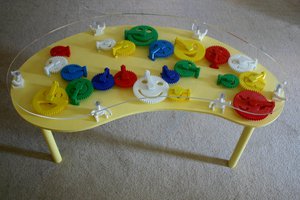
 Mike Rigsby
Mike Rigsby